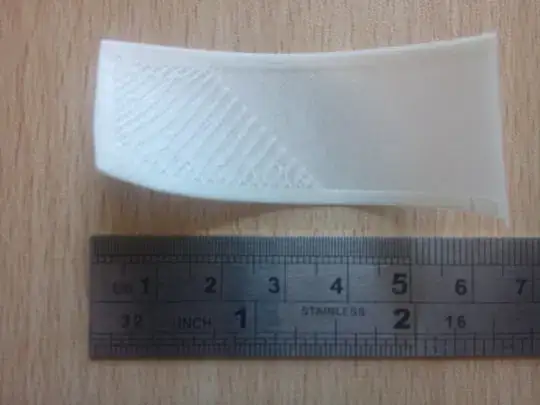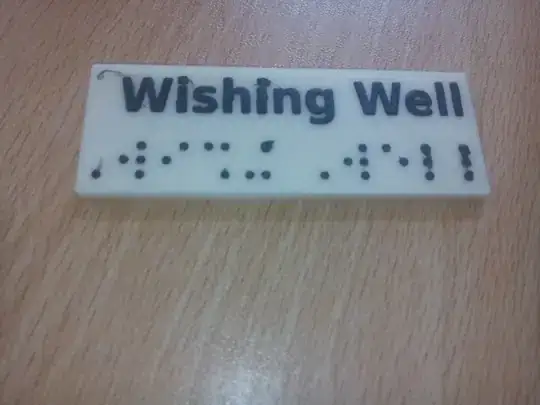I am using a Prusa i3 MK2 to do a print in ASA, and I'm having a problem where on the second layer the plastic 'runs' into lines across the direction the head travels. It looks like the plastic is being repelled by the previous layer and running together due to surface tension, but I may be wrong about this.
I thought I had managed to solve this problem previously by reducing the temperature to 230 °C (1st layer) / 225 °C (other layers), but having changed some of the other settings this is no longer solving the problem. I have tried reducing the temperature as low as 215 °C / 210 °C, and this is still happening.
Here is a photograph of the first and second layers:
The direction of head travel for the first layer was bottom left <-> top right, and for the second layer top left <-> bottom right.
The settings were based on the standard Prusa i3 MK2 Slic3r settings bundle for ABS filament with a 0.05 mm layer height, modified as follows:
- print temperature reduced to 230 °C / 225 °C
- fan speed increased slightly to 15 % as on 10 % the fan doesn't start.
- layer height for first 14 layers: 0.2 mm
- extrusion widths set to Slic3r defaults
- various print speeds reduced, mainly the travel speed.
- number of top and bottom layers reduced because of the increased layer height.
The reason for increasing the layer height for the first 14 layers is that the print is a piece of mixed raised text and braille lettering intended to be inset into a larger sign. I want fine detail for the top layers with the lettering, but high speed for the lower layers that are more structural. I am inserting an M600 change filament manually into the G-Code file at the point where the lettering starts. I have so far managed to produce one successful print - see the image below. The reason I am still playing with the settings is that the good print wasn't in high enough quality, and there was some slight stringing between letters.
The good print was based on a 0.1 mm layer height for the lettering, modified to 0.15 mm for the lower layers, with a temperature of 230 °C / 225 °C.

